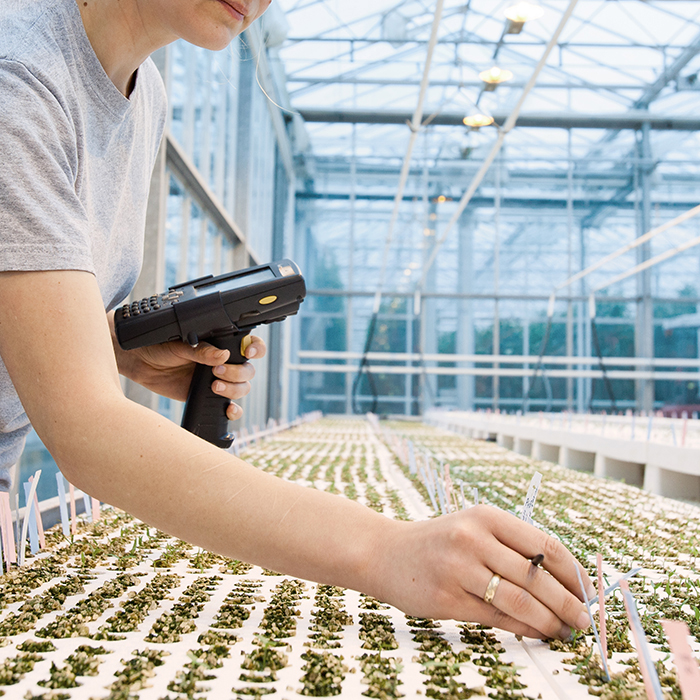WHY GROW CROPS FROM GM SEEDS?
If you're wondering why farmers choose to grow genetically modified crops, it helps to consider the challenges they face every day: crop loss from weeds, insects, and disease, and the effects of climate change such as drought, just to name a few. Not only do seeds improved through genetic modification help them combat these challenges, but they can help use less of our precious resources like water and land.
[unex_ce_article_full_width_photo layer-name="Why Grow GMOs?" img="1024" image-filename="shutterstock_347852834_rs.jpg" id="content_zp4nasqre" post_id="111"]
<h3>WHY GROW CROPS FROM GM SEEDS?</h3><p>If you're wondering why farmers choose to grow genetically modified crops, it helps to consider the challenges they face every day: crop loss from weeds, insects, and disease, and the effects of climate change such as drought, just to name a few. Not only do seeds improved through genetic modification help them combat these challenges, but they can help use less of our precious resources like water and land.</p>
[/ce_article_full_width_photo]











